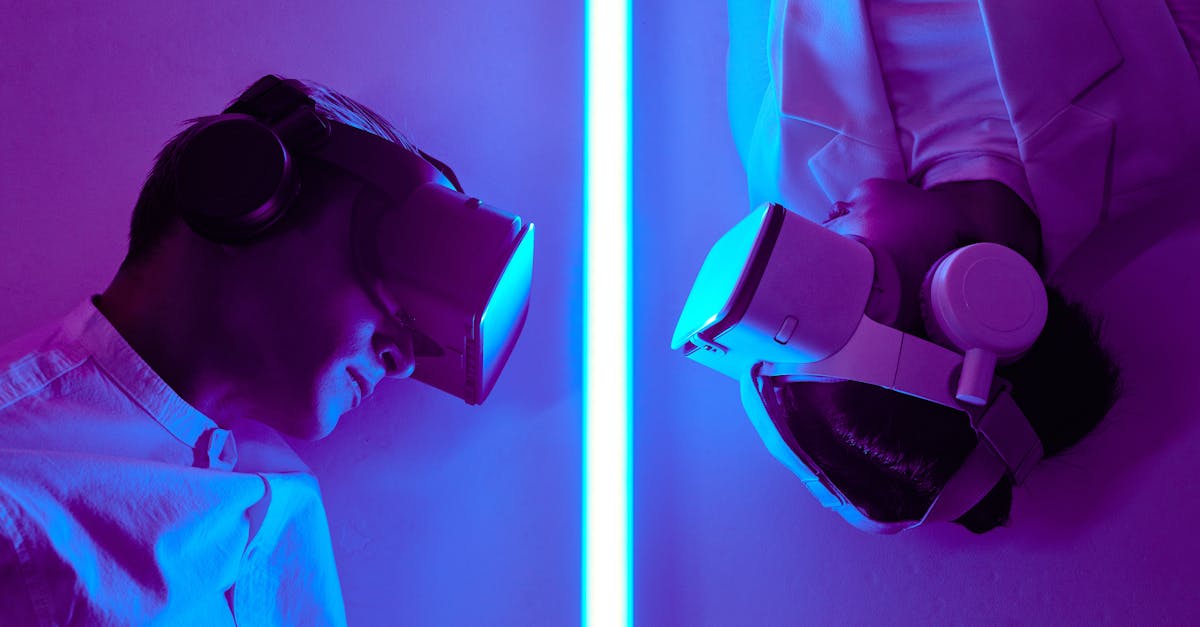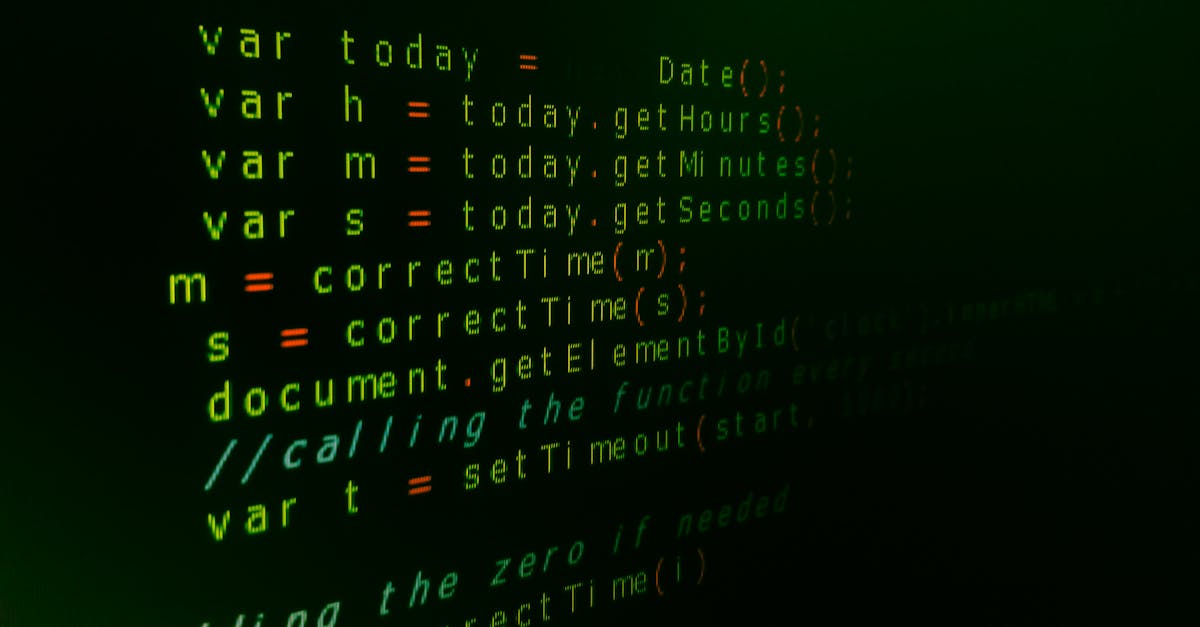
Understanding the World of IoT
maxance
- 0
The Internet of Things, commonly referred to as IoT, has swiftly become an integral part of our daily lives. From smart thermostats to connected refrigerators, this expansive network of interconnected devices is reshaping how we interact with technology, manage resources, and even monitor our health. In this article, we will delve into the many facets of IoT, exploring its capabilities, applications, challenges, and future prospects.
What is IoT?
The Internet of Things (IoT) refers to a giant network of devices that connect, communicate, and exchange data with each other over the internet. These "things" can range from simple sensors to full-fledged appliances and machinery, each equipped with embedded technology to interact with their environment and report data. The essence of IoT lies in its capability to interlink the physical world with the digital realm, effectively enabling devices to talk to each other without requiring constant human intervention.
The Building Blocks of IoT
Components
1. Devices/Things:
These are the physical objects embedded with sensors, software, and other technologies, capable of collecting and transmitting data. Examples include smartwatches, industrial robots, and home security systems.
2. Connectivity:
Various communication protocols enable devices to connect and share data. These include Wi-Fi, Bluetooth, Zigbee, LTE, and 5G, among others.
3. Data Storage and Processing:
Cloud computing services store and process the reams of data generated by IoT devices. Edge computing is also becoming popular, allowing data processing closer to where it is generated to reduce latency.
4. User Interface:
The interface through which users interact with IoT systems, often through mobile apps, web dashboards, or voice commands.
Technologies Empowering IoT
Several technological advances have propelled the growth of IoT:
- Artificial Intelligence and Machine Learning: These enable devices to analyze data, learn patterns, and make predictions or decisions without human intervention.
- Blockchain: Provides secure data sharing and ensuring privacy, especially in IoT applications that deal with sensitive information.
- IPv6: Offering a nearly infinite number of IP addresses, which is essential for the expansion of IoT.
- Augmented Reality (AR) and Virtual Reality (VR): Enhancing user experiences by providing immersive and interactive interfaces.
Applications of IoT
1. Smart Homes
One of the most popular applications, smart home devices range from intelligent lighting systems, thermostats, and security cameras to connected refrigerators and speakers. These devices offer increased convenience, energy efficiency, and security for homeowners.
2. Healthcare
IoT has revolutionized the healthcare industry by providing remote monitoring and telehealth options. Wearable devices like fitness trackers and smartwatches monitor vital signs, while more complex systems track chronic conditions and medication adherence.
3. Industrial IoT (IIoT)
Known as Industry 4.0, IIoT refers to the application of IoT in industrial settings. It involves the use of interconnected machines, sensors, and analytics to enhance manufacturing processes, predict maintenance needs, and ensure worker safety.
4. Agriculture
Smart farming leverages IoT to monitor soil health, crop conditions, and livestock. Sensors measure moisture levels, nutrient content, and weather conditions, enabling farmers to optimize resource use and increase yield.
5. Smart Cities
IoT plays a crucial role in developing smarter cities, where various aspects like traffic control, waste management, and public safety are optimized through connected infrastructure and data analytics.
6. Retail
IoT enables a more personalized shopping experience through smart shelves, inventory management systems, and predictive analytics. Retailers can track customer behavior, manage stock levels in real-time, and optimize supply chains.
Challenges in IoT
Security Concerns
One of the biggest challenges in IoT is ensuring robust security. With millions of devices connected to the internet, the risk of data breaches, unauthorized access, and cyberattacks is significant. Ensuring end-to-end encryption, secure data storage, and regular software updates are crucial.
Interoperability
With a myriad of manufacturers and communication standards, ensuring different IoT devices work seamlessly together is a challenge. Standardization efforts are ongoing, but interoperability remains a significant hurdle.
Data Privacy
The massive amounts of data generated by IoT devices raise concerns about user privacy. Ensuring data is anonymized and that users have control over their data is essential.
Scalability
As IoT networks expand, scaling the infrastructure to accommodate additional devices without compromising performance or security is challenging.
Cost
For widespread adoption, reducing the cost of IoT devices and infrastructure is crucial. This includes not only the hardware but also the ongoing costs of data storage, management, and analysis.
Future Trends in IoT
5G Integration
The deployment of 5G networks promises to significantly enhance IoT by providing faster data speeds, lower latency, and the ability to connect more devices simultaneously. This will enable more advanced applications, such as autonomous vehicles and remote surgery.
AI-Powered IoT
The integration of artificial intelligence into IoT devices will lead to smarter and more autonomous systems. AI can analyze vast amounts of data in real-time, enabling predictive maintenance, anomaly detection, and smarter decision-making processes.
Edge Computing
To address latency issues and reduce the burden on cloud infrastructure, more IoT systems will adopt edge computing. This involves processing data closer to where it is generated, improving response times and reducing data transfer costs.
Enhanced Security Measures
As the risks associated with IoT become more apparent, investments in advanced security measures will increase. This includes better encryption methods, secure boot mechanisms, and blockchain-based solutions to ensure data integrity and privacy.
Environmental Sustainability
IoT has the potential to contribute to environmental sustainability by optimizing resource use in smart grids, reducing waste in smart cities, and promoting precision agriculture. Sustainable IoT solutions will become a significant focus in the coming years.
IoT in Everyday Life
Home Automation
From smart lights that adjust based on natural light to intelligent HVAC systems that optimize energy use, IoT enhances convenience and efficiency in our homes. Wearable devices like smartwatches not only track our health but can also control home systems, making life easier and more connected.
Health and Fitness
Fitness enthusiasts benefit from wearable devices that monitor vital signs, track workouts, and provide insights into overall health. Advanced IoT devices can monitor chronic conditions, alert caregivers, and even predict medical emergencies.
Transportation
IoT enhances transportation systems with smart traffic lights that reduce congestion, connected vehicles that improve safety, and real-time tracking systems for public transport. Autonomous vehicles, powered by a network of sensors, cameras, and AI, are set to revolutionize the way we travel.
Workplaces
Smart offices utilize IoT to create more efficient and productive environments. This includes smart lighting and climate control, occupancy sensors, and data analytics to optimize space usage and energy consumption.
Entertainment
IoT brings immersive experiences into our homes with smart TVs, speakers, and gaming consoles. These devices can stream high-quality content, respond to voice commands, and integrate seamlessly with other smart home systems for a cohesive experience.
The world of IoT is vast and continually evolving, offering endless possibilities for innovation and improvement in various aspects of our lives. As technology advances, the potential applications of IoT will only expand, providing new opportunities and challenges to navigate.
By understanding the intricacies of IoT, its components, applications, and future trends, we can better prepare for a more connected and efficient world. We are only scratching the surface of what IoT can achieve, and its impact will continue to grow, shaping the future of technology and our interactions with it.

